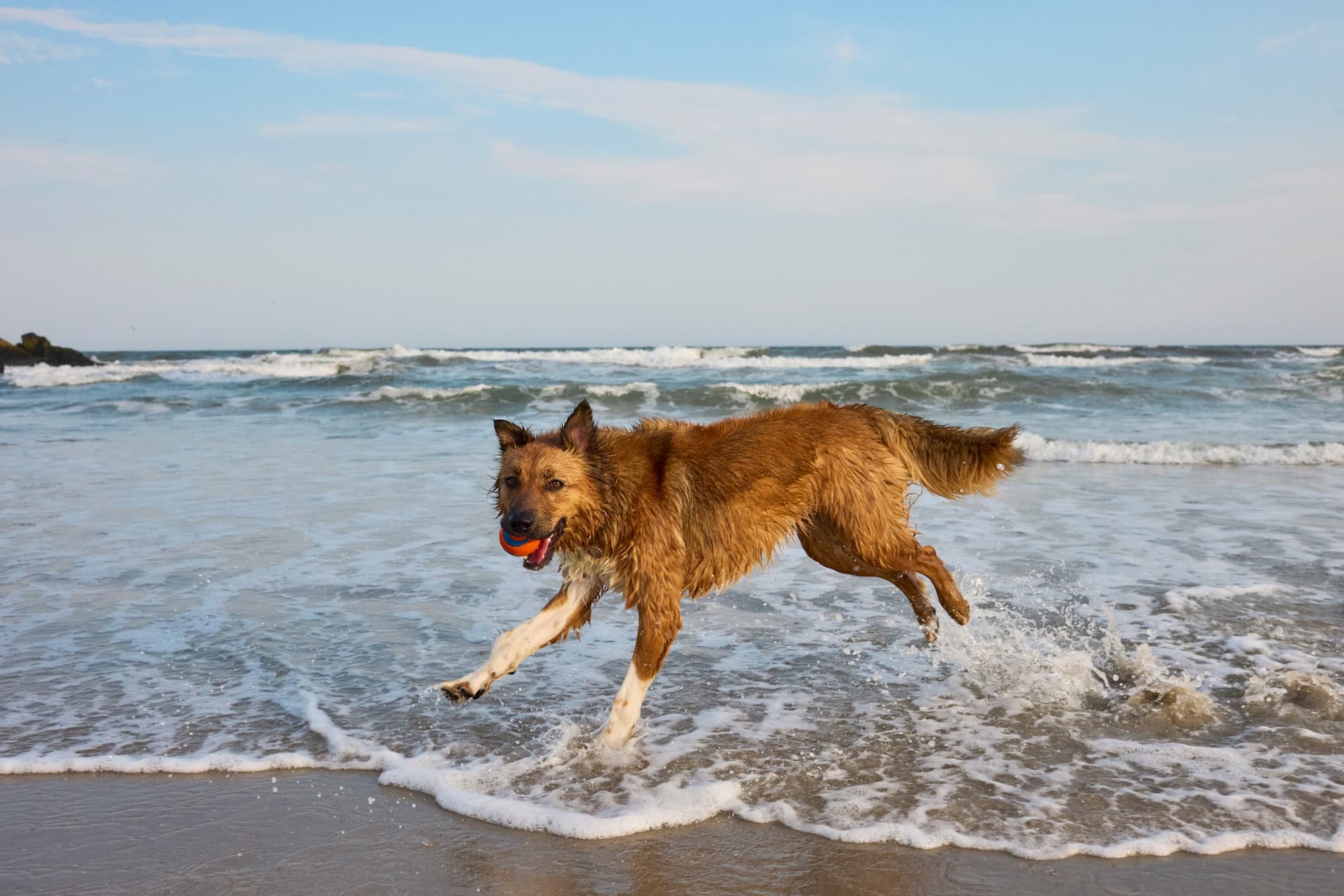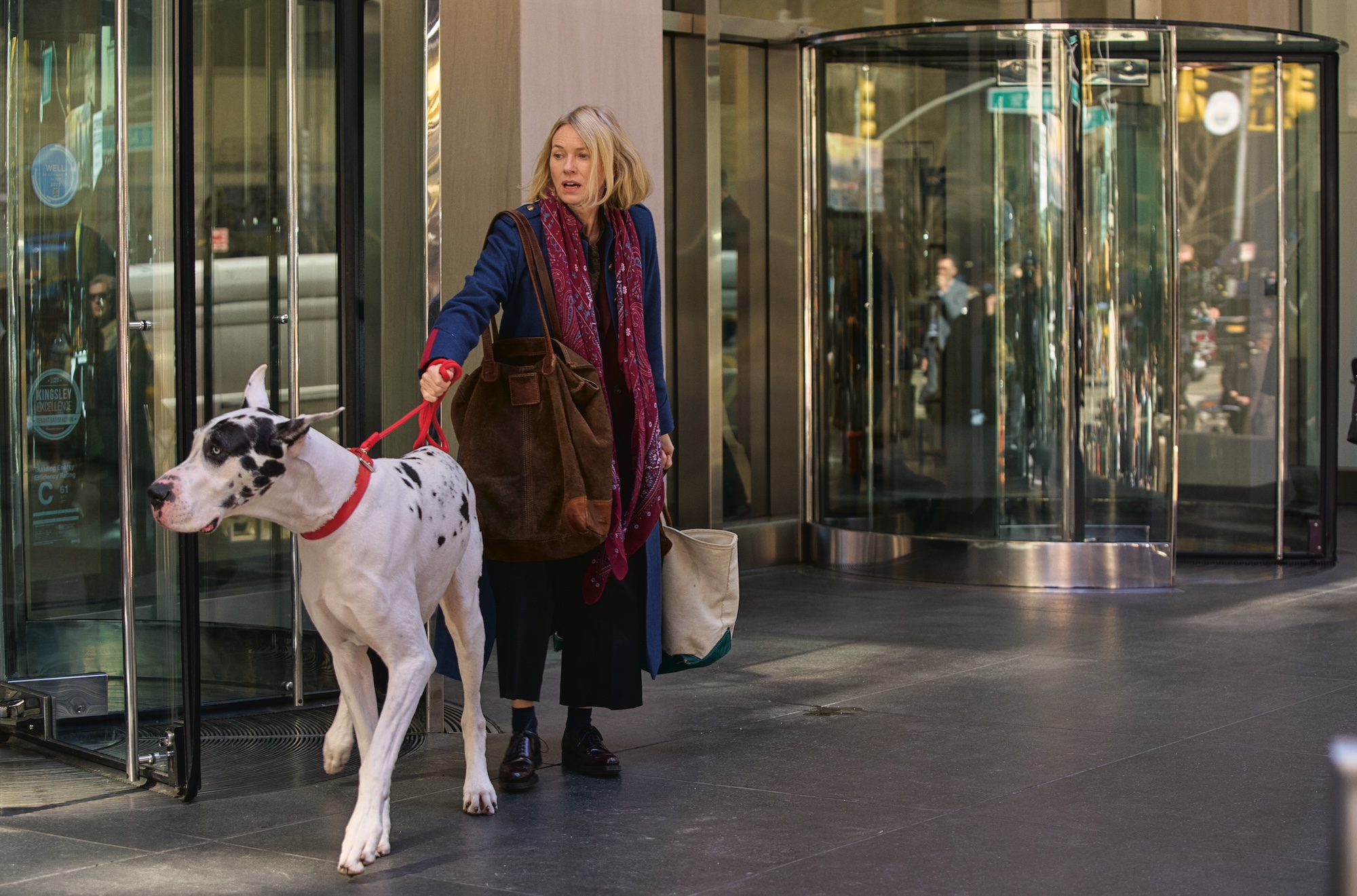This post was contributed by Erica Lieberman, founder and head trainer at Pawsibilities New York. Erica is a Certified Professional Dog Trainer and holds her CBATI, or Certified Behavior Adjustment Training Instructor, a specialized certification focusing on fear and aggression based behaviors.
Whether you prefer to curl up in the dark with a romantic comedy or have some buddies over to cheer on your favorite team, a barking dog will always kill the mood. Don’t fret; some general training and desensitization tips will help your dog become the perfect couch companion.
The first thing to do is identify what it is about the television that triggers your dog. Is it other dogs on TV? Does your dog get worked up when you jump up in excitement over a game-winning touchdown? Make a list of all the television related triggers for your dog. Once you have your list, you can begin desensitizing, counterconditioning, and training your dog.
Desensitizing your dog to something is a careful game of exposing him to the stimulus that sets him off — just enough for him to notice, but not so much that he gets triggered. The easiest way to desensitize a dog to television-related triggers is to record a program on your DVR and have it available to play easily. Next, cover the TV with a light sheet in order to dim the colors without covering the picture entirely. You will also want to make sure the volume is set to low if sound is a factor. By dimming the screen and lowering the volume, you are lessening the intensity of the stimuli that cause your dog to trigger. This will hopefully allow him to be exposed to these sounds and images without misbehaving. Over time, you can gradually increase the intensity by uncovering the TV and raising the volume.
Counter conditioning is the idea that ‘the good follows the bad.’ You’ve already used desensitization to expose your dog to the “bad” (i.e. a dog on TV). Counter conditioning means following this exposure with something good (like a very tasty treat). Be careful; only provide a treat to reinforce good behavior in the face of the trigger. Over time, your dog will associate staying calm in front of the TV with a reward.
Another option is training your dog with a strong “stay” cue. Owners often train a stay for distance, meaning they ask their dog to “stay” and then walk away and measure success in how far they can get without their dog moving. You can also train your dog to stay during distractions and, in this case, measure success by your dog’s ability to stay calm while a dog barks loudly on TV.
To train a “stay” with distractions you will want to have your distraction ready, ask your dog to stay, expose him to the distraction (but only briefly), then praise him for not moving and reward him with a small treat. Repeat very slowly and then release your dog from the position he is in to end the stay. If you are having trouble, get back to basics. Focus on mastering a basic stay cue without distractions first, and then work your way up.
If you have never done any training and you are struggling with your dog’s behavior at TV time, it might be best to consult a certified, positive trainer who will be able to help you get this behavior under control. With some guidance, practice, and patience, you’ll be snuggling with your dog during movie night in no time!
Image: @bulldogdays




